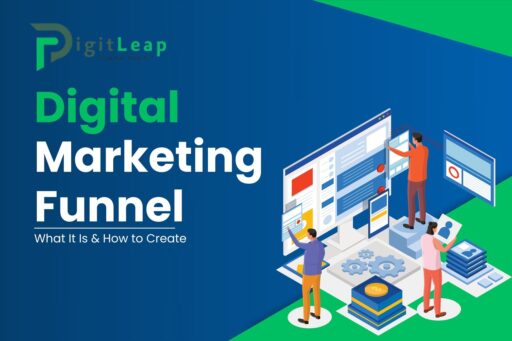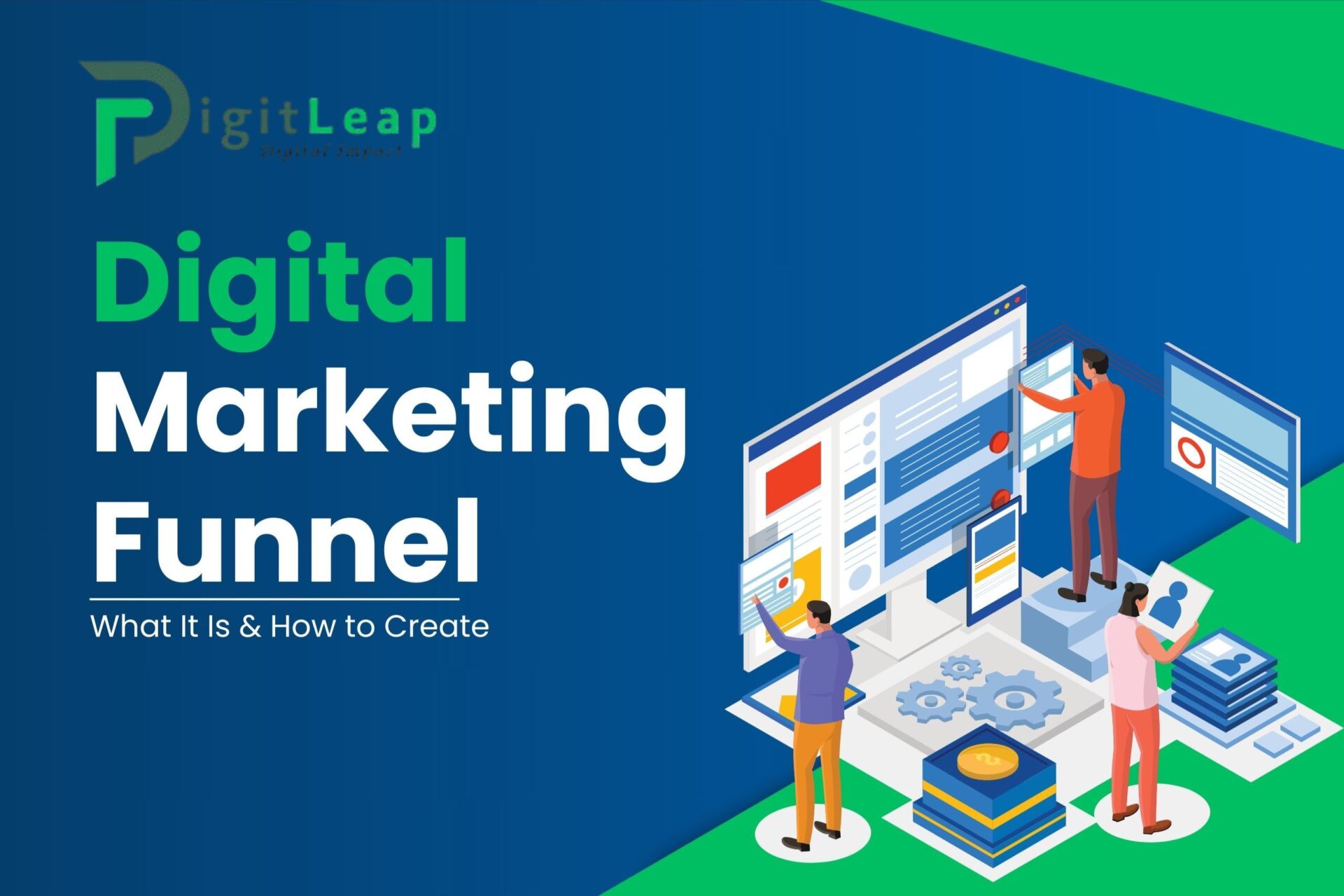Digital Marketing Funnel (What It Is & How to Create)
Introduction
In the realm of digital marketing, the funnel is a crucial concept that represents the journey a customer takes from discovering a product or service to making a purchase. Understanding and effectively creating a digital marketing funnel can significantly enhance your ability to attract, engage, and convert leads into loyal customers. This guide will walk you through what a digital marketing funnel is and provide practical steps on how to create one for your business.
What is a Digital Marketing Funnel?
a. Definition of a Digital Marketing Funnel
A digital marketing funnel is a model that illustrates the stages a potential customer goes through before making a purchase decision. It typically includes several phases, from initial awareness to final conversion, and helps marketers understand and optimize the customer journey.
b. Importance of the Funnel in 2024
With increasing competition and evolving consumer behavior, a well-structured digital marketing funnel helps businesses strategically guide prospects through their buying journey. It allows for targeted messaging and optimization at each stage to maximize conversions and improve customer experience.
Stages of a Digital Marketing Funnel
1. Awareness
a. What is Awareness?
The awareness stage is the top of the funnel where potential customers first become aware of your brand or product. This is where you aim to capture attention and attract a broad audience.
b. How to Create Awareness
- Content Marketing: Create valuable content like blogs, infographics, and videos to engage your target audience.
- Social Media: Use platforms like Facebook, Instagram, and LinkedIn to promote your content and reach a wider audience.
- Paid Advertising: Invest in PPC campaigns, display ads, and social media ads to increase visibility.
2. Interest
a. What is Interest?
In the interest stage, prospects show an active interest in your offerings. They begin to seek more information and evaluate your product or service against their needs.
b. How to Nurture Interest
- Email Marketing: Send targeted emails with information, offers, or newsletters to engage prospects.
- Webinars and Demos: Host online events to provide more in-depth information and answer potential questions.
- Lead Magnets: Offer free resources like eBooks or whitepapers in exchange for contact information.
3. Consideration
a. What is Consideration?
During the consideration stage, prospects are comparing options and deciding whether your product or service meets their needs. They are closer to making a purchase decision.
b. How to Support Consideration
- Case Studies and Testimonials: Share success stories and customer reviews to build trust and credibility.
- Product Comparisons: Provide detailed product comparisons and feature lists to help prospects make informed decisions.
- Personalized Offers: Use data to offer personalized discounts or solutions that align with their interests.
4. Decision
a. What is Decision?
The decision stage is where prospects make their final choice and convert into customers. This is the point where they decide to purchase your product or service.
b. How to Facilitate Decision
- Clear Call-to-Actions: Ensure your CTAs are prominent and compelling, guiding users towards the purchase.
- Simplify the Checkout Process: Make the purchasing process smooth and user-friendly to reduce cart abandonment.
- Customer Support: Provide accessible support options to address any last-minute concerns or questions.
5. Post-Purchase
a. What is Post-Purchase?
The post-purchase stage focuses on retaining customers and encouraging repeat business. It’s about enhancing the overall customer experience and fostering loyalty.
b. How to Enhance Post-Purchase Experience
- Follow-Up Emails: Send thank-you notes, order confirmations, and personalized recommendations.
- Loyalty Programs: Implement rewards programs or exclusive offers for returning customers.
- Solicit Feedback: Ask for customer reviews and feedback to improve your products and services.
How to Create a Digital Marketing Funnel
1. Define Your Target Audience
Understanding who your ideal customers are will help you tailor your funnel stages to meet their needs and preferences. Conduct market research to gather insights on demographics, interests, and behavior.
2. Map Out Your Funnel Stages
Clearly define the stages of your funnel based on your customer journey. Customize each stage to address the specific needs and questions of your audience.
3. Develop Relevant Content and Offers
Create content and offers that resonate with each stage of the funnel. Ensure your messaging is aligned with the customer’s journey and provides value at each step.
4. Implement Tracking and Analytics
Use analytics tools to track the performance of your funnel. Monitor metrics such as traffic sources, conversion rates, and customer behavior to identify areas for improvement.
5. Optimize and Refine
Continuously analyze your funnel’s performance and make data-driven adjustments. Test different strategies, content formats, and CTAs to enhance effectiveness and drive better results.
Conclusion
Creating an effective digital marketing funnel involves understanding your customer journey and strategically guiding prospects through each stage from awareness to conversion and beyond. By defining your audience, mapping out funnel stages, and continuously optimizing your approach, you can improve your marketing efforts and achieve greater success in 2024.





